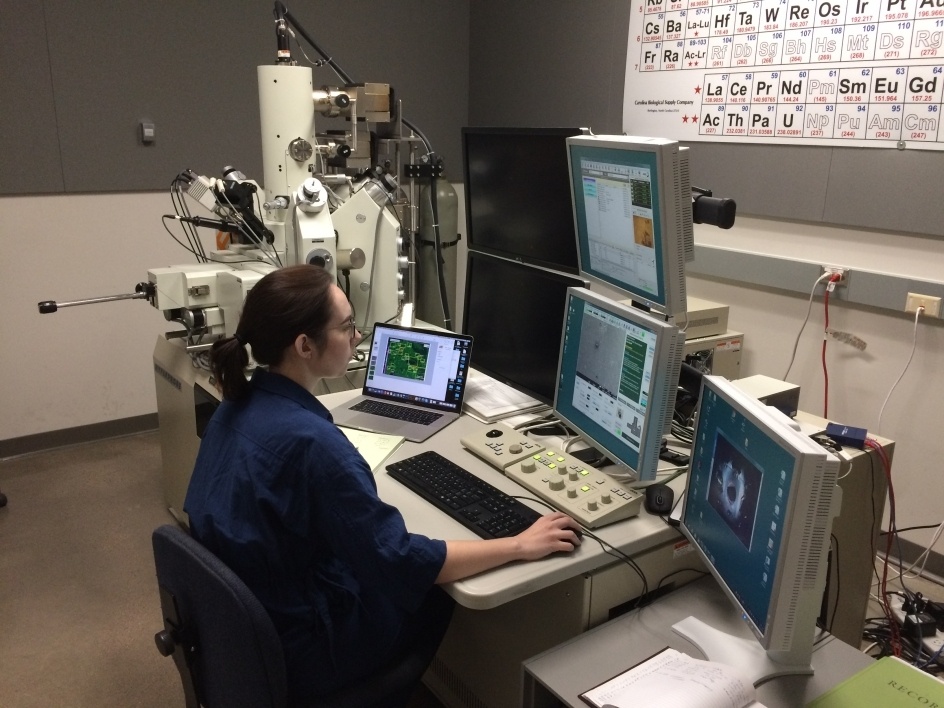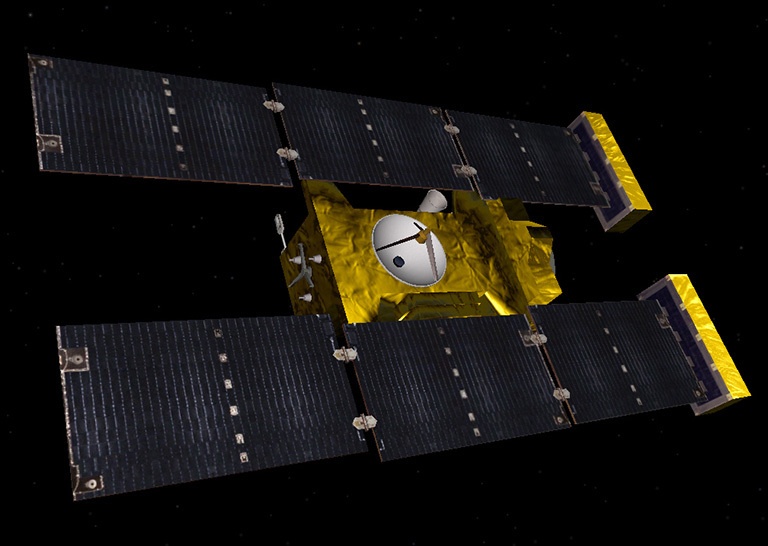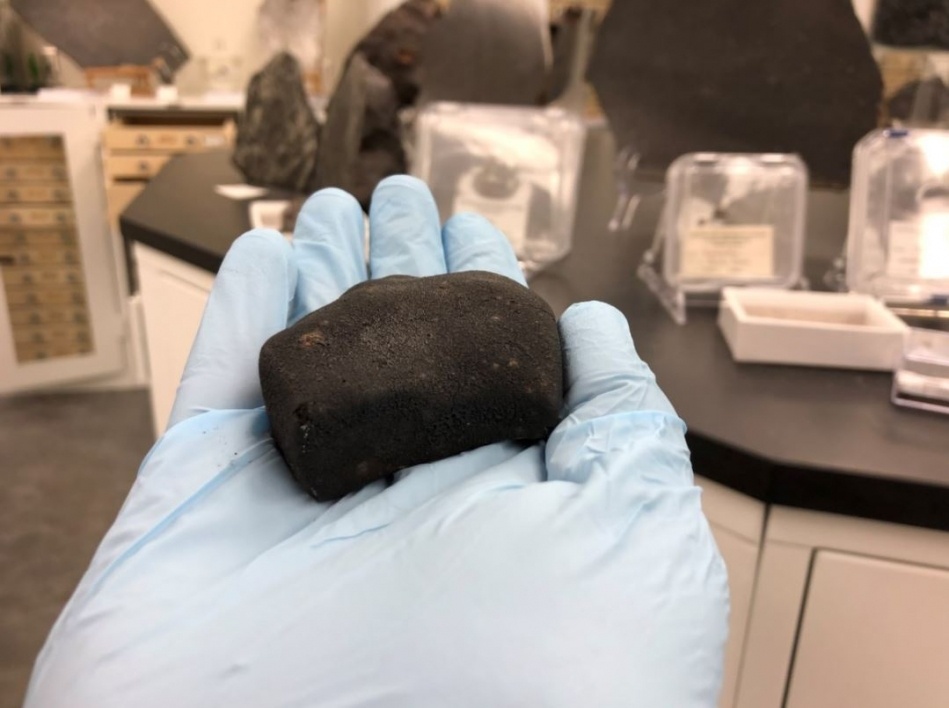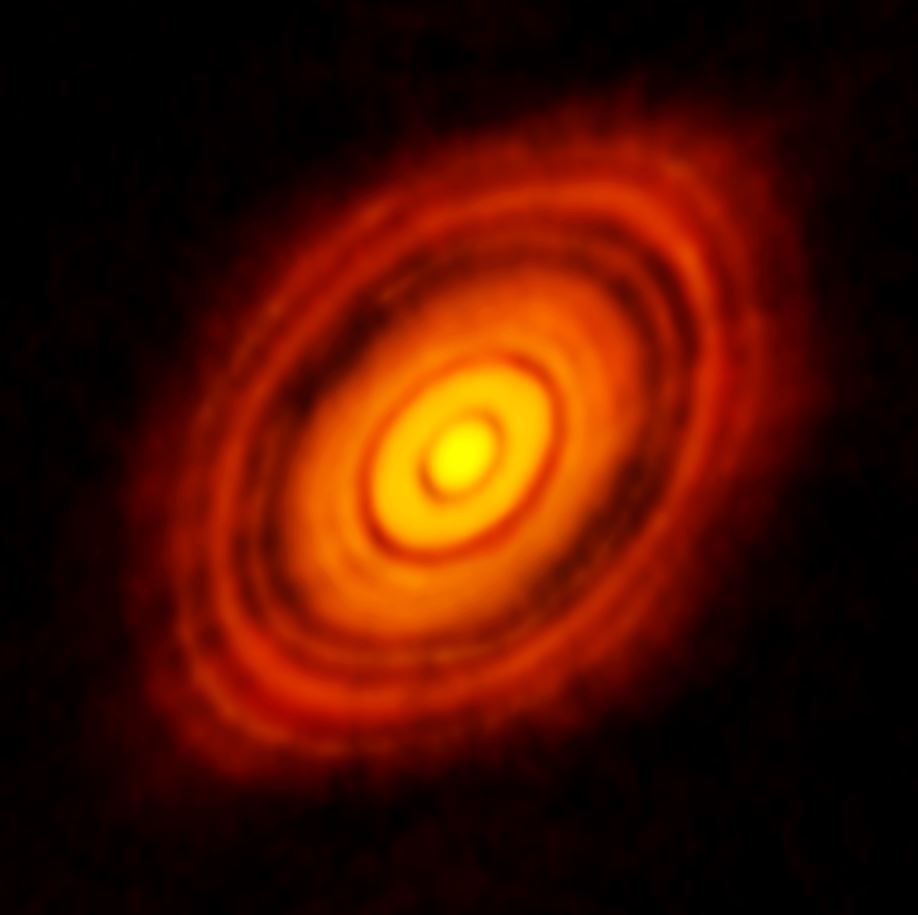In baseball, players receive a Gold Glove award if they show outstanding fielding play throughout the course of the season. Basically, they can’t let any ball get past them when playing in the field. If a Gold Glove award was handed to planets in our solar system, it would undoubtedly be given to Jupiter. It has long been thought that the massive gas giant hoovered up all of the asteroids in its vicinity. In doing so, it would have created two distinct zones of asteroids – those inside it’s orbit and those outside.
Now scientists are starting to cast doubt on such a bifurcated model of the early solar system. And they’re using hundreds of meteorites to do it.
Luckily the team doing the research has access to hundreds of their own meteorites. The Center for Meteorite Studies (CMS) at Arizona State is home to over 2000 samples. It’s also home to some of the co-authors of a new paper in Geochimica et Cosmochimica Acta that suggests there might have been some asteroids that made it past Jupiter’s Gold Glove.

Importantly, the samples house at CMS and it’s partner institutions contain samples believed to be from both the inner and outer solar system. The team then used electron probe analyzers and secondary ion mass spectrometer to dig into details of their samples. The electron probe analyzer helped the researchers take detailed pictures of the surface of the samples as well as characterize what specific minerals were present in the sample. Then they used the secondary ion mass spectrometer to identify the isotopes of the minerals that were present.

The data they collected show unequivocally that there were intermixing of material in meteorites that were thought to be from both inside and outside Jupiter’s orbit. This finding lends credence to previous work done by NASA’s Stardust mission. That mission captured dust samples from comet Wild 2 back in 1999.
Some of the samples collected from the comet showed that materials from the inner solar system had migrated out to the outer solar systems, where most comets are formed. With that finding in mind, the CMS team and their co-authors thought to look at some other samples, which were admittedly brought back to Earth in a much less controlled fashion.

What larger impact these findings might have on solar system formation theory is still unclear. And, as always in cutting edge science, there are more questions still to be answered. The team hope that a pair of missions, Hyabusa2 (from JAXA) and OSIRIS-REx (from NASA), will successfully return some direct asteroid samples that might provide additional clues. Until those missions return, later this year and in 2023 respectively, scientists might consider removing Jupiter from any further rounds of solar system Gold Glove voting.
Learn More:
ASU: Press Release
Geochimica et Cosmochimica Acta: Paper
Wikipedia: Grand Tack Hypothesis

